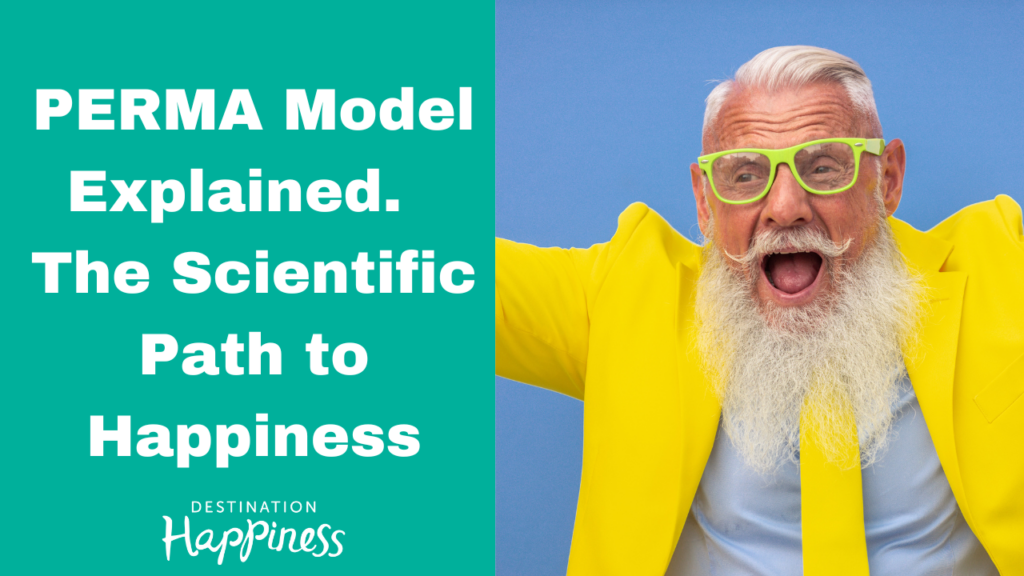
The PERMA model is a psychological framework developed by positive psychologist Martin Seligman. It consists of five essential elements that contribute to a person’s well-being and happiness. Let’s dive into each component and explore how to use the PERMA model in your life.
- Positive Emotions (P): Positive emotions include joy, gratitude, contentment, and other pleasant feelings. To incorporate positive emotions into your life, focus on activities that bring you joy and happiness. It could be spending time with loved ones, engaging in hobbies you love, practicing gratitude, or simply savoring the small pleasures of everyday life.
- Engagement (E): Engagement refers to being fully immersed and absorbed in activities that captivate your attention. It’s the state of flow where time seems to fly by. Find activities that challenge and stimulate you, allowing you to experience a deep sense of concentration and fulfillment. It could be a hobby, a creative project, a sport, or any task that brings you a sense of purpose and engagement.
- Relationships (R): Building and nurturing meaningful relationships is a fundamental aspect of well-being. Cultivate strong connections with family, friends, and your community. Invest time and effort into building supportive relationships, practicing empathy, and fostering a sense of belonging. Engage in social activities, be a good listener, and offer support to others. Remember, healthy relationships are a vital source of happiness and support.
- Meaning (M): Meaning involves having a sense of purpose and feeling that your life has significance. Reflect on what truly matters to you and identify your core values and beliefs. Seek activities and goals that align with your values and give you a sense of fulfillment. Find ways to contribute to something larger than yourself, whether through meaningful work, volunteering, or engaging in acts of kindness.
- Accomplishment (A): Accomplishment refers to setting and achieving goals, overcoming challenges, and experiencing a sense of competence and success. Set realistic and attainable goals that align with your interests and values. Break them down into smaller steps and celebrate your progress along the way. Embrace a growth mindset, learn from failures, and acknowledge your achievements, no matter how small.
To use the PERMA model effectively, it’s important to remember that each element is interconnected and can influence the others. Strive for a balanced approach, incorporating all five elements into your life. Reflect on each aspect regularly and identify areas where you can make improvements. Experiment with different activities and strategies to find what works best for you.
Remember, the PERMA model is not a one-size-fits-all solution. It’s a framework that provides guidance and encourages personal exploration. Adapt it to your unique circumstances and preferences, and be patient with yourself as you navigate the journey toward greater well-being and happiness.
Clinical psychologist Chris Mackey explains the PERMA model to Angie Hilton on Destination Happiness TV Show.






